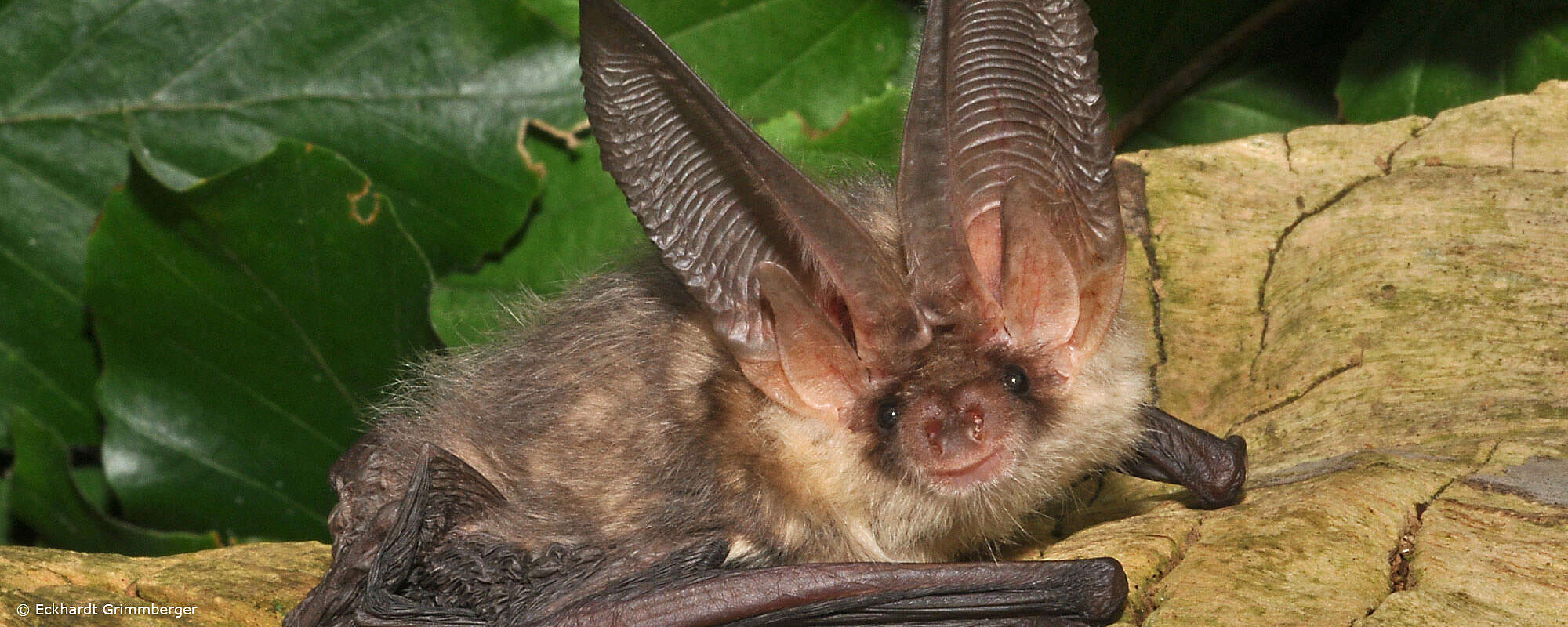
With more than 1300 species, the order of bats is the second largest mammal order after rodents. During the course of evolution, bats have been successful and adaptable, enabling them to colonise all continents except Antarctica. Like most mammals, they have fur, are viviparous and suckle their young. In addition to these characteristics, they stand out from the other mammal groups through special adaptations, e.g. to active flight and orientation in the night airspace.
The group of bats includes both the "actual" bats, which are relatively small and orient themselves acoustically by echolocation, and the flying foxes. These mostly large animals differ in their physique from the other bats, sometimes considerably. The skin of their tails and the tail is often greatly reduced or missing completely. Flying foxes also have a claw on their second finger, which is missing in the other bats. This claw is probably a very original feature of this animal group. The quickest way to recognise flying foxes is by the size of their eyes, which enable them to see very well in the dark. They also find their food, mostly fruit and nectar, mainly through their eyes. However, many fruit bats lack the ability to echolocation. Despite all these differences between the fruit bats and all other bats, recent genetic studies indicate that they are not sister groups, but a closed group. In this respect, flying foxes are particularly closely related to horseshoe bat and round-nosed bats.
you're not there yet? Then register directly:
register for projects
register as teacher
Sie sind noch nicht dabei? Dann direkt anmelden. Jetzt Registrieren